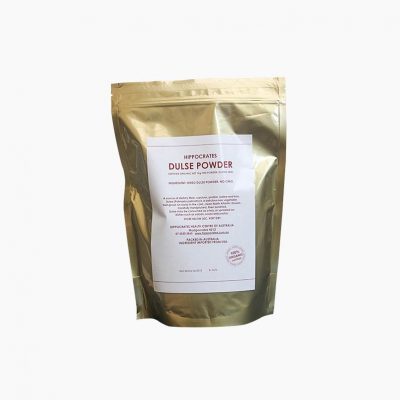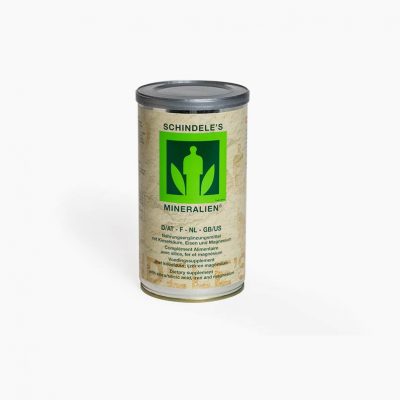
Tapping Medical Marijuana’s Treatment Potential: The New York Times
Marijuana has been used medically, recreationally and spiritually for about 5,000 years. Known botanically as cannabis, it has been called a “crude drug“: marijuana contains more than 400 chemicals from 18 chemical families. More than 2,000 compounds are released when it is smoked, and as with tobacco, there are dangers in smoking it.
Medical marijuana clinics operate in 20 states and the District of Columbia, and its recreational use is now legal in Colorado and Washington. A Gallup poll conducted last month found that 58 percent of Americans support the legalization of marijuana.
Yet researchers have been able to do relatively little to test its most promising ingredients for biological activity, safety and side effects. The main reason is marijuana’s classification by Congress in 1970 as an illegal Schedule I drug, defined as having a potential for abuse and addiction and no medical value.
American scientists seeking clarification of marijuana’s medical usefulness have long been stymied by this draconian classification, usually reserved for street drugs like heroin with a high potential for abuse.
Dr. J. Michael Bostwick, a psychiatrist at the Mayo Clinic in Rochester, Minn., said the classification was primarily political and ignored more than 40 years of scientific research, which has shown that cellular receptors for marijuana’s active ingredients are present throughout the body. Natural substances called cannabinoids bind to them to influence a wide range of body processes.
In a lengthy report entitled “Blurred Boundaries: The Therapeutics and Politics of Medical Marijuana,” published last year in Mayo Clinic Proceedings, Dr. Bostwick noted that the so-called endocannabinoid system has an impact on the “autonomic nervous system, immune system, gastrointestinal tract, reproductive system, cardiovascular system and endocrine network.”
There is evidence that several common disorders, including epilepsy, alcoholism and post-traumatic stress disorder, involve disruptions in the endocannabinoid system, suggesting that those patients might benefit from marijuana or its ingredients.
The strongest evidence for the health benefits of medical marijuana or its derivatives involves the treatment of chronic neuropathic pain and the spasticity caused by multiple sclerosis. Medical marijuana is widely recognized as effective against nausea and appetite loss caused by chemotherapy, although better treatments are now available. But preliminary research and anecdotal reports have suggested that marijuana might be useful in treating a number of other conditions, including irritable bowel syndrome, Crohn’s disease, glaucoma, migraine, cancer growth, abnormal heart rhythms, Alzheimer’s disease, fibromyalgia, incontinence, bacterial infections, osteoporosis, intense itching, Tourette’s syndrome and sleep apnea.
“Medical experts emphasize the need to reclassify marijuana as a Schedule II drug to facilitate rigorous scientific evaluation of the potential therapeutic benefits of cannabinoids and to determine the optimal dose and delivery route for conditions in which efficacy is established,” Diane E. Hoffmann and Ellen Weber, legal experts at the University of Maryland, wrote in The New England Journal of Medicine.
Marijuana’s best-known ingredient, tetrahydrocannabinol, or THC, is responsible for the high sought by recreational users. But many people who try smoking marijuana to relieve a health problem are distressed by its psychoactive effects.
Experts believe that some people would do better with a derivative of marijuana that offers therapeutic action without the mind-altering baggage. A more precise dose, free of unwanted contaminants, would be safer, and its effects would be reproducible.
“We believe that physicians should clearly explain to their patients that medical marijuana is not approved by the Food and Drug Administration and that it is not a standardized or purified product,” Dr. Herbert D. Kleber of Columbia University and Dr. Robert L. Dupont of Georgetown Medical School wrote last year in The American Journal of Psychiatry.
One vocal proponent of a more scientific approach to medical marijuana is Martin A. Lee, the author of “Smoke Signals” and director of Project CBD, an acronym for cannabidiol, a compound in marijuana with high therapeutic potential but no psychoactive properties; indeed, it can neutralize the high caused by THC.
Mr. Lee said in an interview that medical marijuana clinics “offer a hodgepodge” of products, including many strains of the plant with varying ratios of active ingredients. While all clinics are in business to make money, he said, the more serious ones try to direct consumers to products that best suit their needs.
Still, access to purified and well-tested drugs derived from marijuana would be a far better approach. One such drug, Sativex, is currently in Phase 3 trials in the United States for the relief of neuropathic pain. It is a combination of CBD and THC in a ratio that minimizes the appetite stimulation, drowsiness and anxiety induced by THC while magnifying painkilling and anti-tumor properties, Mr. Lee said.
The endocannabinoid system has two types of receptors, CB1 and CB2, that bind to different components in marijuana. CB1 receptors are concentrated in the central nervous system; when activated, they can make people feel high. And when THC stimulates CB1 receptors governing food intake, the resulting “munchies” can help people whose appetites are depressed by AIDS or cancer.
The drugs Marinol and Cesamet are THC compounds in pill form, approved by the Food and Drug Administration to treat chemotherapy-induced nausea and vomiting and AIDS-related anorexia and wasting. Their action is slowed by having to pass through the digestive system before reaching their target.
CB2 receptors are concentrated in the peripheral nervous system and immune system. Their stimulation, primarily by CBD, can relieve pain and increase the body’s anti-inflammatory activity.
Sativex, the THC-CBD combination, is available in Canada to treat cancer pain and neuropathic pain in multiple sclerosis. It is sprayed under the tongue for quick entry into the bloodstream, as happens when marijuana is smoked.
Dr. Bostwick described the medical potential of marijuana as “incredibly exciting.” But, he added, “it is not being realized, because researchers can’t get the material for study.”
Lamenting the current patchwork of state laws governing medical marijuana, he said consumers should be sure to know the law in their jurisdiction and work closely with a physician to assure they are using marijuana appropriately.
Jane Brody
January 2014




